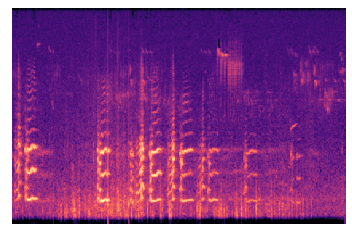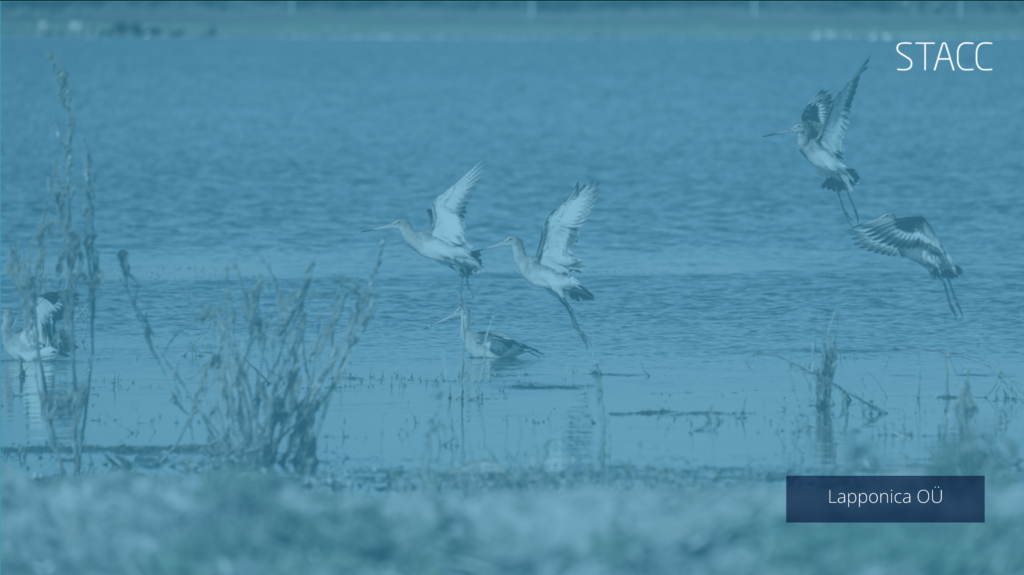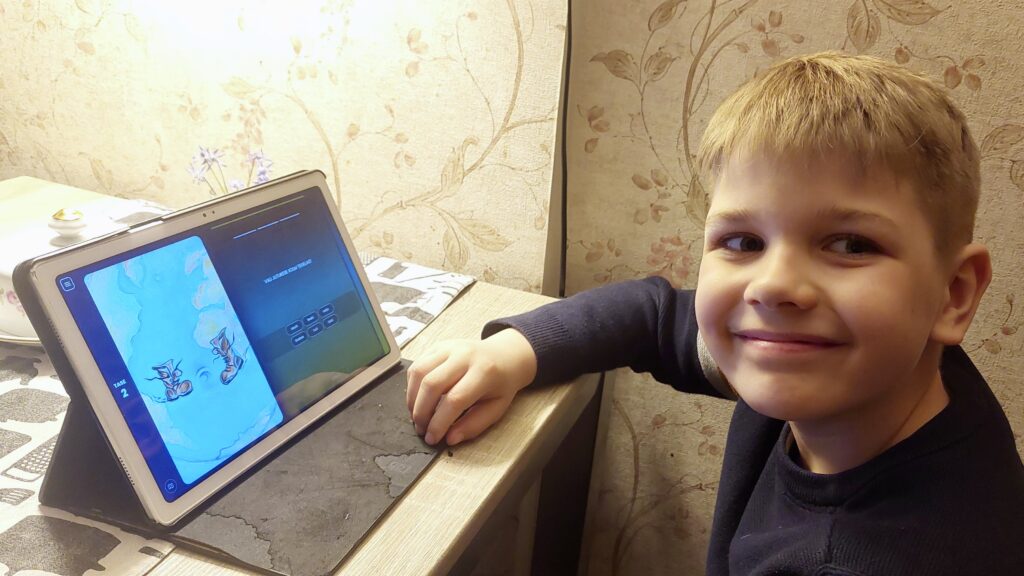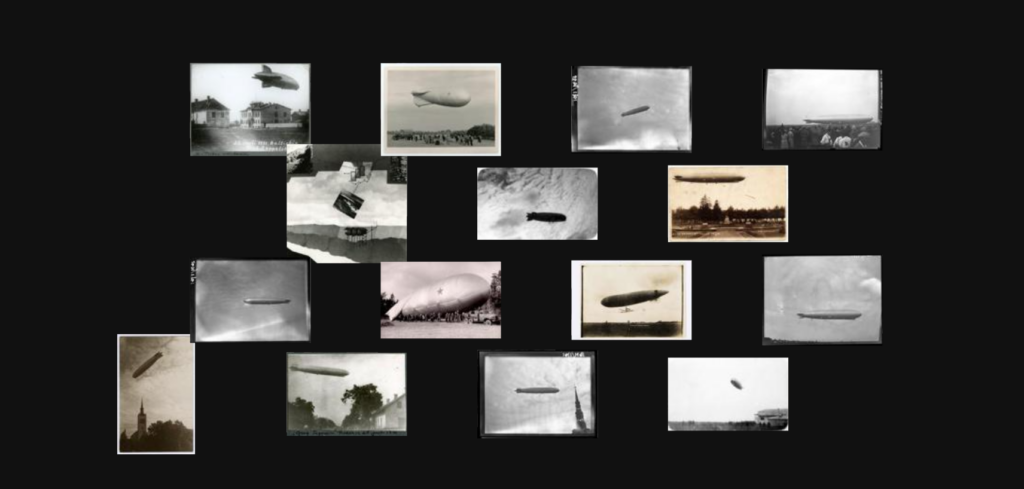Have you ever heard a bird sing while walking in the park or in the woods and wondered which bird sings so beautifully? STACC and Lapponica have developed a powerful bird song recognition application that allows you to record a bird song and identify which bird the song belongs to.
Lapponica is a company created to bring a new excellent bird identification app to the market. An app that could tell the difference between the many species of warblers all having very similar songs and are often hard to tell apart even by experienced bird enthusiasts. “Lapponica’s vision is to be the No. 1 helper for all bird enthusiasts and to contribute to the study and protection of birds,” said Janari Lage, one of the founders of Lapponica. Listen to the songs of songbirds and get to know them here:
Why is birdsong recognition an issue?
Existing apps for birdsong recognition have not been as accurate at recognizing birds as some ornithologists would like. The founders of Lapponica, Janari Lage and Tanel Liiv, aim to fix this and bring a birdsong recognizing app to the market that could accurately identify birds by their song worldwide.
“The company’s mission is to raise people’s awareness of nature, enhancing their outdoor experience, and give people a convenient modern way to find out which bird is singing,” commented Lage. In addition to their mission to increase enthusiasm for nature, it also has a unique name, Lapponica, which derives from the Latin name of the bird bar-tailed godwit, Limosa Lapponica, added Lage.
How did STACC data scientists improve birdsong identification?
In this phase of the project, STACC only included bird species that reside in the United Kingdom. We included those species who had at least 100 recordings recorded in Europe. Even having 100 samples is generally too little for developing a well-performing deep learning model. Still, our goal was to include as many bird species as possible.
Where can we get so many birdsongs for developing the model?
Speaking of the recordings, they were obtained from a public database where everyone can upload their recordings. There the users can note which birds are singing, and add other relevant information, such as country, date, and whether they have seen the bird in addition to only hearing it.
One of the problems which arises from using publicly sourced datasets is the sound quality in the recordings and having the wrong bird assigned to the singing. In a perfect world, all the sound clips would be noise-free and only contain the birds’ singing listed by the uploader. Still, data quality issues can often be a significant factor why machine learning does not produce expected results, commented STACC data scientist Kadri Künnapuu.
Coming back to the model STACC created, how do we teach the computer to recognize birdsongs?
Usually, the most powerful approach is to implement artificial intelligence-based methods and develop a convolutional neural network model. However, we do not teach the computer with sound files directly. We can teach it with the sounds in visual form — Mel spectrograms. Mel spectrograms represent images where we can see sound frequencies (y-axis) through time (x-axis) (Figure 1).

If we train the model with files containing a single bird’s song, its accuracy is outstanding. Still, the model will be good only in real-life situations where only one bird is singing at once. Difficulties arise when several birds are singing at the same time. Since this is a far more common occurrence in nature, it is wise to consider it during model development. This means that every bird singing in the training file should be labeled for training the model. We introduce the model with multi-labeled data. Here the data quality problems arise again far fewer birds are often labeled than the number of birds singing in the recording. Training the model with multi-labeled data usually has lower overall accuracy, but it performs better for identifying several birds singing simultaneously.
The neural network model that can recognize the birdsongs
STACC data scientists developed an artificial neural-network-based model that can recognize the song of 220 bird species with accuracy well over the baseline. The accuracy of the model is, of course, strongly dependent on the bird who is singing. For some birds, the model guesses correctly almost every time, while others are harder to recognize. This is mostly influenced by the number of recordings available per bird – more data usually leads to better accuracy.
Lapponica received a well-performing neural-network-based model that can identify the songs of 220 bird species from the UK. “We were reassured that AI could be used to introduce birdsongs with excellent results,” said Janari Lage. Now Lapponica is one step closer to creating the best bird recognition app in the world! Lapponica’s plan is to involve bird species worldwide in the further development of the model.
Lapponica wishes to include bird species from all over the world in the future development of the model.
In conclusion
The model, developed by STACC data scientists, allows Lapponica to create an excellent birdsong recognition app. With some additional developments to increase the number of bird species that can be identified, Lapponica has the opportunity to make a highly competitive bird song detection application that can be used worldwide.
Stay tuned for the new birdsong app!
While Lapponica adds its last touches, try how well you could memorize these birdsongs:
If you are interested in a data science or machine learning project or you would like to cooperate with us, please feel free to contact us!






